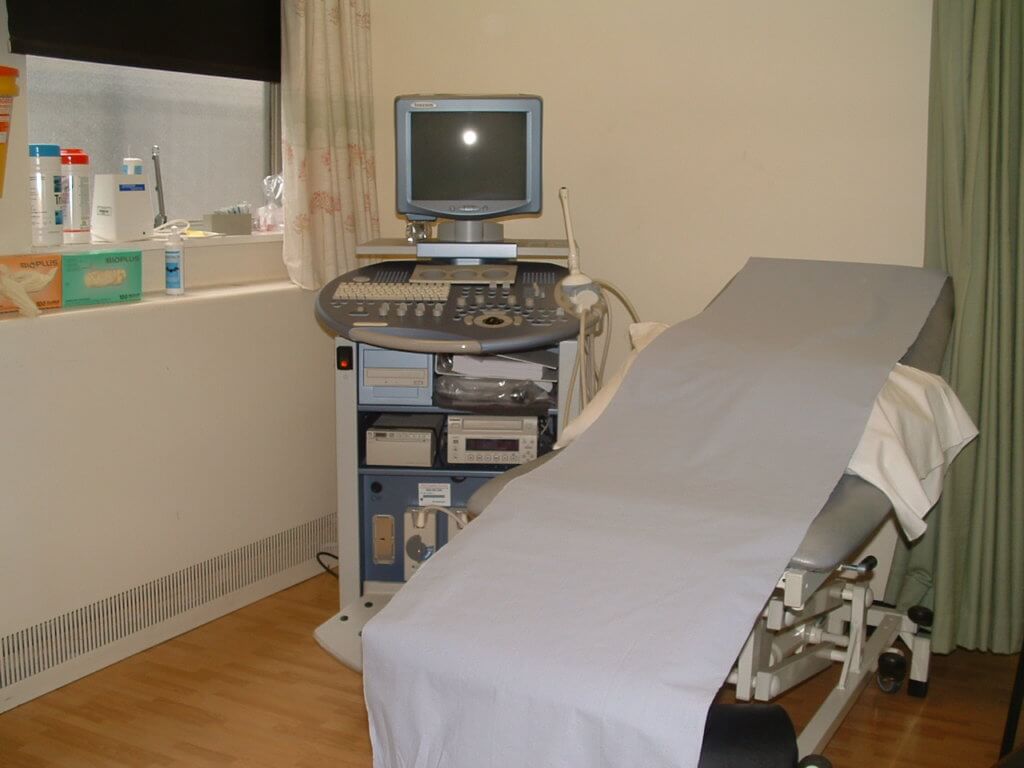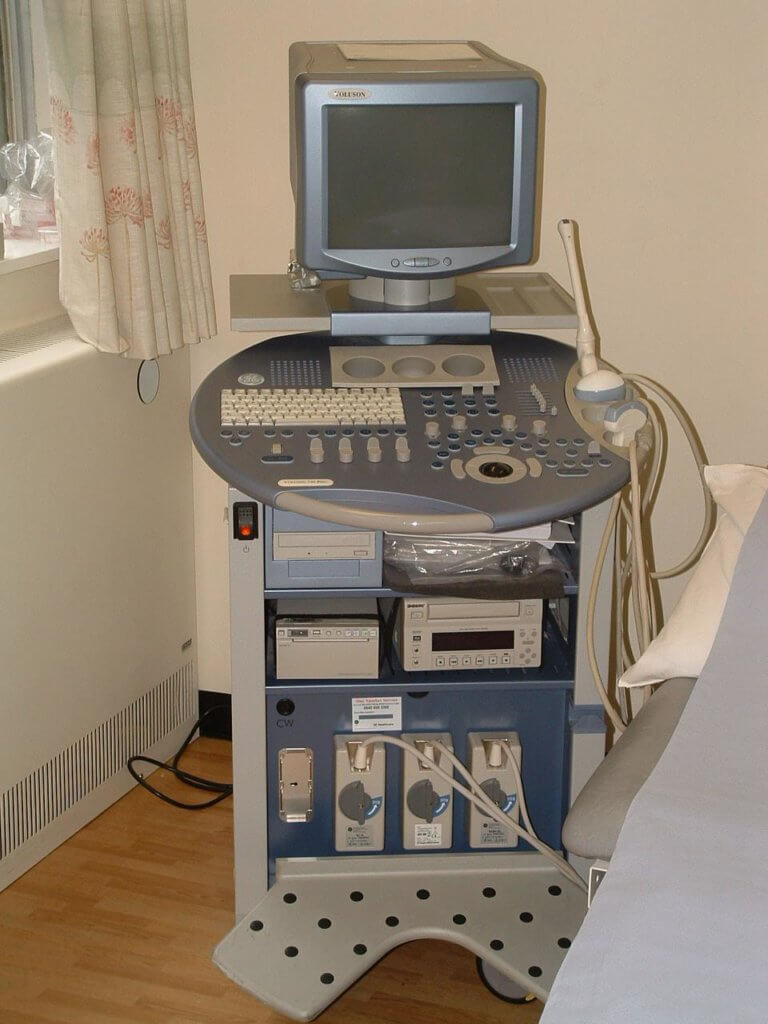The Scanner’s Perspective
The reported incidence of ectopic pregnancy worldwide ranges between 0.25-1.5% of all pregnancies and in the UK 0.96%. It is widely accepted that the incidence is increasing worldwide and is linked to an elevated incidence of pelvic infection. Although maternal mortality from ectopic pregnancy is decreasing, 14 deaths resulted in the UK between 2003 and 2005.
Diagnostic laparoscopy remains the cornerstone of diagnosis of ectopic pregnancy. However, the advent and wide application of ultrasound now plays a vital role in early non-surgical diagnosis. Transabdominal ultrasound scan (TAS) can exclude an intrauterine pregnancy in women with elevated human chorionic gonadotrophin (hCG) levels but where an ectopic gestation is suspected, images obtained by the higher frequency transvaginal ultrasound scan (TVS) offer better resolution and earlier diagnosis.

Ultrasound diagnosis of an ectopic pregnancy remains a challenge, and a systematic and thorough evaluation of the pelvis is imperative. The endometrial appearance of an early intrauterine pregnancy consists of the ‘double ring’ sign whereas in ectopic gestation, appearances are variable. The endometrium may appear thickened or a centrally-located ‘pseudosac’ may be seen, consisting of both a thickened endometrium surrounding a fluid filled cavity and a homogenous uterine texture.
In the adnexa, the pathognomonic finding in an ectopic gestation is that of the embryo with or without fetal heart action. Another sonographic appearance is that of a well-defined ‘tubal ring’ consisting of an echogenic rim and a hypoechoic centre or a poorly defined tubal ring. Fluid or blood in the Pouch of Douglas may be a feature of a tubal pregnancy that is aborting or that has ruptured.

In the Pouch of Douglas, free fluid may emanate from a ruptured or leaking ectopic gestation and/or from a ruptured corpus luteum. It is almost impossible to differentiate sonographically hypoechoic unclotted blood from serous peritoneal fluid. Nevertheless, the coexistence of an adnexal mass separate from the ovary and fluid in the Pouch of Douglas is highly suggestive of an ectopic pregnancy.
In up to 25% of patients with ectopic pregnancy, TVS may be normal but the possibility of a non-tubal gestation (cornual, cervical or ovarian), although rare, should be considered. Cornual ectopics are characteristically eccentric to the endometrium and close to the serosal surface of the uterus. Cervical ectopics may be confused with inclusion cysts but typically have a thick choriodecidual periphery and a hypoechoic centre. Ovarian ectopics are rare and may present as masses of mixed echogenecity within the ovary.
Heterotopic pregnancy is the presence of a combined intrauterine and extrauterine pregnancy that occurs in ≤1% of pregnancies resulting from in vitro fertilisation. It is very difficult to diagnose ultrasonically and maintaining a high level of suspicion following assisted conception may aid in prompt detection.
TVS has revolutionised the non-invasive diagnosis of ectopic pregnancy. Early detection not only reduces mortality and morbidity rates but also allows minimally invasive management techniques with reduced hospital stay and recovery time. TVS in the hands of the managing clinician is a vital diagnostic tool provided satisfactory levels of competence have been attained, hence prior ultrasound training is critical to the successful diagnosis.
Nazar Amso PhD FRCOG